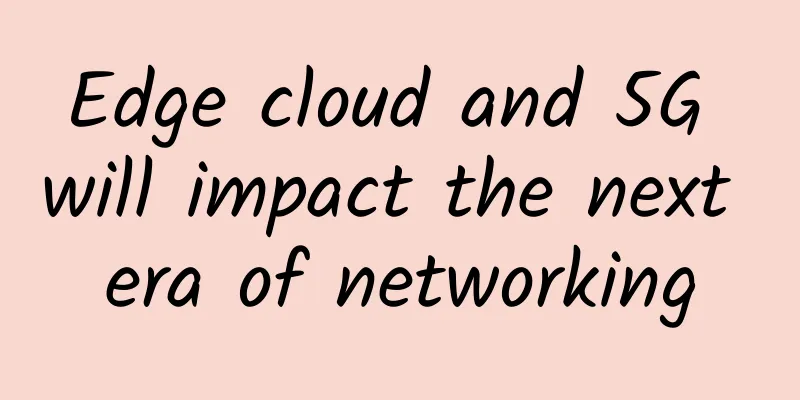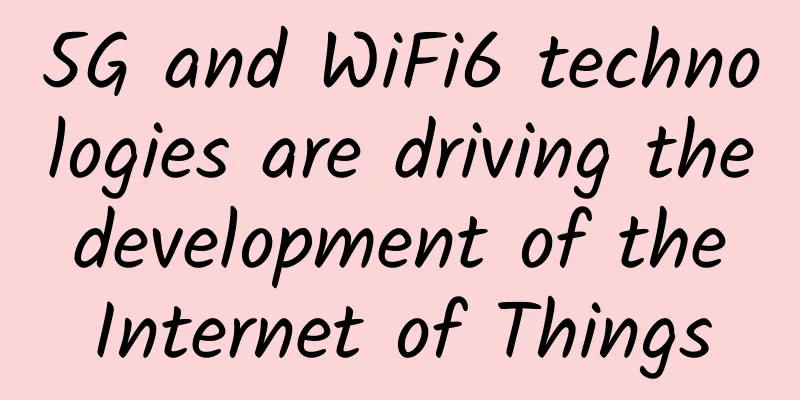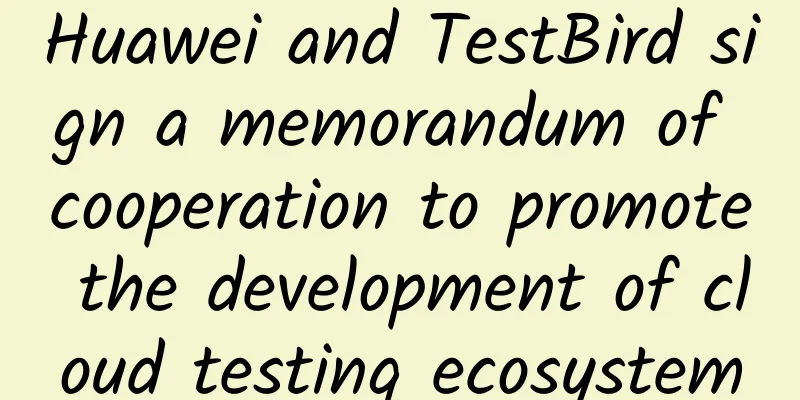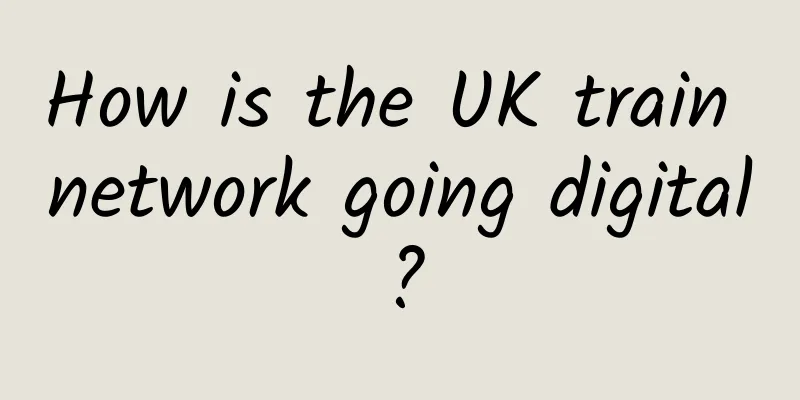Edge cloud and 5G will impact the next era of networking

|
While this year has presented many challenges, we have also seen tremendous resilience and innovation across the ecosystem - from users, network providers to application providers. Despite being forced to quickly enter a quarantined stay-at-home environment, businesses in every industry were able to quickly and relatively seamlessly transition to remote operations due to the reach and agility of multi-access connectivity networks. Future challenges may be aided by 5G and edge cloud. Recent studies show that by the end of 2021, up to 30% of the workforce will still be working remotely, and the boundaries between enterprises and consumers have become increasingly blurred. As remote work becomes the new normal, traffic patterns have also changed, and enterprise users now need to receive services at home. This means that service providers should be prepared to architect their networks and services around this new reality and design a better experience for users. To address this issue, 5G and distributed edge cloud have become a more prominent part of service providers' shift to cloud-native network architecture, providing a secure and guaranteed service experience at faster speeds and lower latency, while bringing agility to unknown situations. Edge cloud will not only become a new service delivery and experience point, but also a point of innovation and monetization, allowing various ecosystem players such as content providers, hyperscale operators and enterprise application providers to work together. 5G and edge cloud will jointly define the next network era. 5G requires edge cloud While edge cloud applications were in demand before 5G, they only provided limited services, running on a few edge locations for a few low-latency experiences. What 5G brings is a whole new set of low-latency applications that require edge cloud to scale. These applications include AR/VR/MR for home retail, travel, and entertainment experiences, cloud gaming for near-tactile gaming experiences, and remote-controlled industrial operations. Not to mention private 5G enterprise networks driven by their own suite of edge-delivered applications. In addition to user applications and services, the distributed edge cloud is also home to disaggregated 5G network functions such as the User Plane Function (UPF) and even virtualized Radio functions such as DU, CU, Radio Intelligent Controller/RIC. The edge cloud is also an important element in bringing E2E network slicing to life. 5G essentially helps open up the edge cloud to enable not only new application/service experiences but also monetization of investments. Clearly - 5G and edge cloud complement each other. Designing the perfect edge cloud for 5G The location of the edge cloud can be close to the far edge (i.e., close to the base station), close to the centralized edge, or any data center/POP in between, depending on the use case. Regardless, the edge cloud must be purposefully designed to achieve the right economics so that it can ultimately be implemented in thousands of locations. This requires an open, "platform-first" approach to designing the HW-SW-cloud stack at the edge while optimizing space and power constraints. More importantly, it requires a fully secure and automated cloud-native architecture that is embedded and consistent across all edge locations. From an application perspective, being cloud native alone is not enough - it requires a whole new class of "edge native" applications that are purpose-built to run at the edge, rather than repackaged for the edge. Edge native applications should use open APIs provided by edge cloud platforms, support automated management and control, and be secured at the application, user, and infrastructure levels - avoiding connectivity and security barriers late in the development phase. They should also be written to be easily scaled up, down, or out through automated tools supported by the platform. Understandably, they should be streamlined applications with a small footprint and minimal dependencies that can be easily moved from one edge cloud to another given the mobility of end users, rather than being traditionally designed to be "in one place." As 5G and the cloud become increasingly embedded in future devices and applications, it will be important for businesses to keep the edge in mind during the development phase to avoid future limitations. Driving future innovation with 5G and edge cloud With the development of 5G, the operational requirements of edge cloud have never been clearer. The key question is to build first and then profit or to profit while building. This is where the "managed edge cloud" model comes in, allowing service providers to start with pre-integrated, cloud-agnostic, managed edge clouds that already host early edge applications. |
<<: 7 things you need to know to successfully deploy AIOps
>>: Network upgrades you should consider in 2021
Recommend
Wi-Fi 7: What is it and when can you expect it to arrive?
[[380191]] Wi-Fi 7 is expected to have higher dat...
How far can a SaaS company go? Mainly determined by these two indicators
[[356547]] To see the current status of a SaaS co...
What is the Internet? — Talking about the development of the Internet
A brief discussion on the Internet of Things (I):...
UFOVPS Spring Festival 50% off, top up 200 yuan to get 30 yuan, Japan/Hong Kong CN2 GIA/US high-defense VPS monthly payment starts from 19 yuan
UFOVPS has launched a special promotion for the S...
Is intelligent virtualization technology eliminating data silos?
In the ever-changing information age, companies t...
Mobile data will no longer charge roaming fees? You may even spend more money because of it
Starting from July 1, the mobile data roaming cha...
Evoxt's new Japanese VPS starts at $2.99 per month, 512MB/5GB/250GB@1Gbps/Softbank line
I shared Evoxt once in June this year. It is a fo...
The importance of 5G for manufacturing robots
The use of robots is often associated with the pu...
RackNerd Mid-Autumn Festival Promotion, $11.88/year-768MB/10GB/2TB/7 data centers including Los Angeles
RackNerd has released several promotional package...
RAKsmart: 35% off VPS hosting/30% off cloud servers, US/Japan/Korea/Hong Kong VPS monthly payment starting from $1.95, CN2/AS9929, etc.
RAKsmart's year-end discount is coming. In ad...
It may take another five to ten years for IPv6 to completely replace IPv4
[[329716]] On June 6, 2012, World IPv6 Launch, ma...
The Promise of the Open Web: Is It Really Delivered?
Open network switches began to emerge in 2013, cl...
What is 6G network? Do you know?
6G networks are defined as cellular networks that...
spinservers June promotion: 10Gbps server from $119/month, Dual Silver4116/64G memory/1TB NVme hard drive
spinservers has released a regular promotion for ...
IoT security and vulnerabilities that 5G will bring
Simply put, the Internet of Things is a network o...









